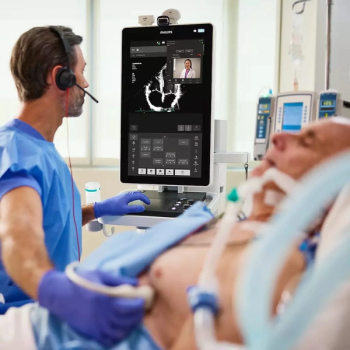
Offering a combination of intuitive touchscreen controls and enhanced image clarity, the portable Flash 5100 POC ultrasound platform reportedly facilitates confident and rapid assessment in emergency radiology and critical care settings.
Senior Editor, Diagnostic Imaging

Offering a combination of intuitive touchscreen controls and enhanced image clarity, the portable Flash 5100 POC ultrasound platform reportedly facilitates confident and rapid assessment in emergency radiology and critical care settings.
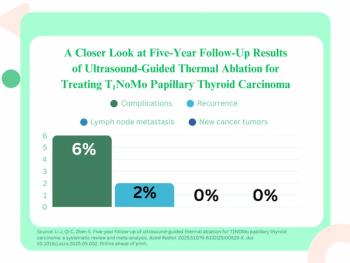
In a meta-analysis involving over 2,200 patients with T1NoMo papillary thyroid carcinoma, researchers noted 2 percent recurrence and no cases of lymph node metastasis five years after ultrasound-guided thermal ablation.

The use of adjunctive AI in biparametric prostate MRI exams led to 3.3 percent and 3.4 percent increases in the AUC and specificity, respectively, for clinically significant prostate cancer (csPCa) in a 360-person cohort drawn from 53 facilities.
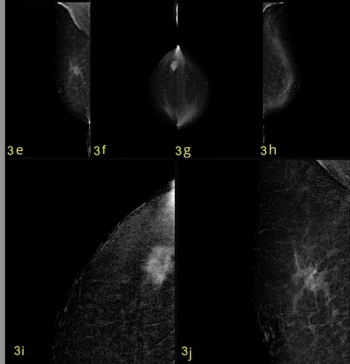
New research showed a 96 to 97 percent sensitivity for contrast-enhanced mammography (CEM) with an increased iodine delivery rate facilitating robust contrast enhancement for women with aggressive breast cancer.
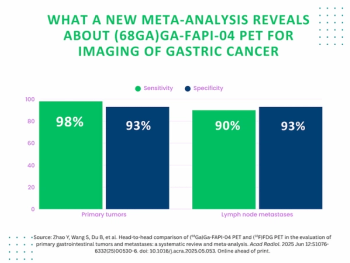
For patients with gastric cancer, (68Ga)Ga-FAPI-04 PET offered double the sensitivity for lymph node metastases in comparison to (18F)FDG PET.

The AI-powered Viz Subdural Plus reportedly provides automated measurements and labeling of subdural collections, including subdural hemorrhages (SDHs), based on non-contrast CT scans.
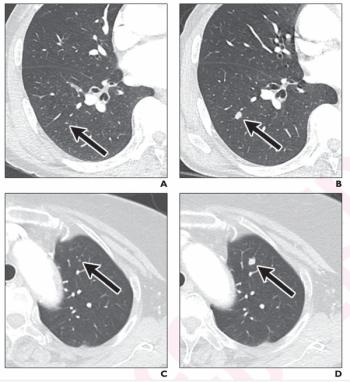
Researchers also noted a greater than 30 percent increase in treatment management changes resulting from the use of CT-based adjunctive AI to detect lung metastases in colorectal cancer patients.

Currently being evaluated in a phase 2b clinical trial, the 18F-RAD101 PET imaging agent garnered the FDA’s fast track designation for distinguishing between recurrent disease and treatment impact for brain metastases derived from solid tumors.

Offering an extended shelf life, the FDA-approved Gozellix, a preparation kit for gallium-68 (68Ga) gozetotide injection, is indicated for use in PSMA PET imaging of prostate cancer patients with suspected recurrence or metastasis.
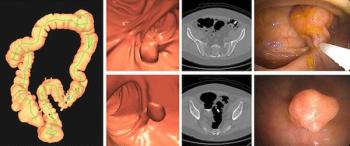
Emerging research suggests the use of computed tomography colonography (CTC) in colorectal cancer screening may provide significantly higher preventive benefit at lower costs in comparison to multitarget stool DNA testing.

In a recent interview, Sherry Shen, M.D., discussed the potential impact of FES PET recently being recommended by the National Comprehensive Cancer Network (NCCN) Guidelines for the staging of recurrent or metastatic estrogen receptor-positive (ER+) lobular breast cancer.

Through AI assessment of chest CT scans, the SeleCT Screening may help identify candidates for bronchoscopic lung volume reduction to improve lung function.
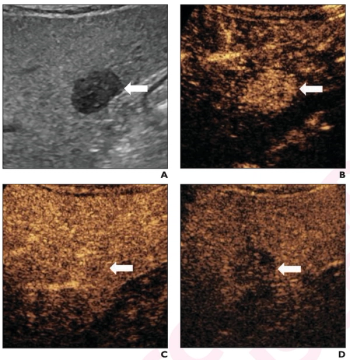
In a new literature review, researchers discussed key considerations with the use of B-mode ultrasound and contrast-enhanced ultrasound in the detection of hepatocellular carcinoma.
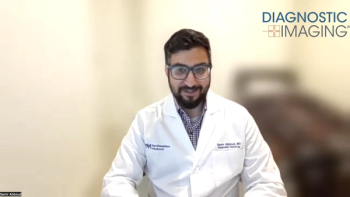
In a recent interview, Samir Abboud, M.D., discussed new research examining the impact of generative AI in maximizing efficiency and reducing the time-consuming nature of radiology reporting.
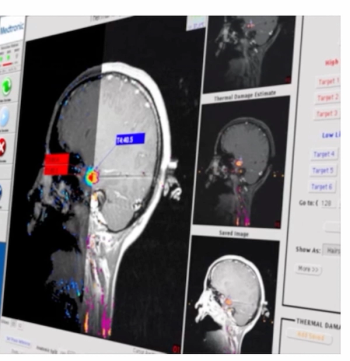
An alternative to an open neurosurgical approach, the Visualase V2 MRI-Guided Laser Ablation System reportedly utilizes laser interstitial thermal therapy (LITT) for targeted soft tissue ablation in patients with brain tumors and focal epilepsy.

Emerging research showed that AI-generated ADC mapping from MRI led to significant increases in accuracy, PPV and specificity in comparison to conventional ADC mapping while achieving a 93 percent sensitivity for PCa.
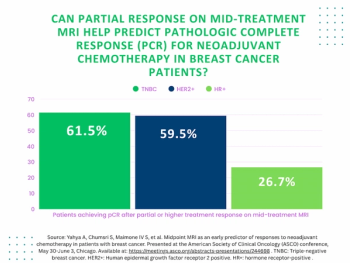
A partial response rate to neoadjuvant chemotherapy on mid-treatment MRI preceded a higher pathologic complete response (pCR) in 61.5 percent of women with triple-negative breast cancer, according to research presented at the American Society of Clinical Oncology (ASCO) conference.
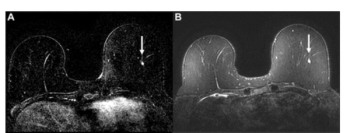
Assessing the simulated use of AI-generated suspicion scores for determining whether one should continue with full MRI or shift to an abbreviated MRI, the authors of a new study noted comparable sensitivity, specificity, and positive predictive value for biopsies between the MRI approaches.

For patients with inconclusive ultrasound results, abbreviated breast MRI offers comparable detection of intraductal papilloma as a full breast MRI protocol at significantly reduced times for scan acquisition and interpretation, according to a new study.
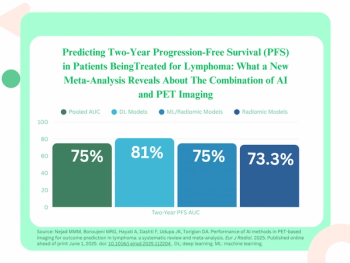
The use of adjunctive AI software with pre-treatment PET imaging demonstrated over a fourfold higher likelihood of predicting progression-free survival (PFS) in patients being treated for lymphoma, according to a new meta-analysis.

Previously approved for MRI lung ventilation evaluation in adults and children 12 and older, the hyperpolarized contrast agent Xenoview can now be utilized for pediatric patients six years and older.

Through AI recognition of subtle patterns in breast tissue on screening mammograms, the Clairity Breast software reportedly provides validated risk scoring for predicting one’s five-year risk of breast cancer.
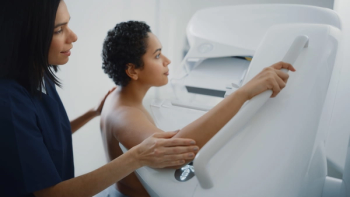
High allostatic load, which has been linked to an increased incidence of breast cancer and all-cause mortality, is more than twice as likely to occur in Black and Hispanic women in comparison to White women, according to mammography research presented at the American Society of Clinical Oncology (ASCO) conference.
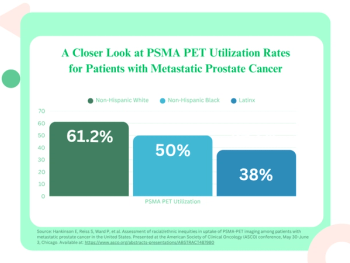
Latinx patients with metastatic prostate cancer were 63 percent less likely than non-Hispanic White patients to have PSMA PET scans, according to a study of 550 patients presented at the American Society of Clinical Oncology (ASCO) conference.

In a recent interview, Jean Seely, M.D., discussed a new study showing significantly higher rates of mastectomy, chemotherapy use and breast cancer-specific death in women with symptom-detected cancer in comparison to those with screen-detected breast cancer.
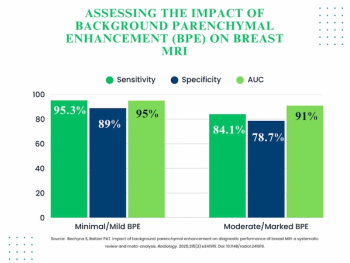
Moderate or marked background parenchymal enhancement (BPE) reduces the sensitivity and specificity of MRI for breast cancer detection by more than 10 percent in comparison to scans with minimal or mild BPE, according to a new meta-analysis.
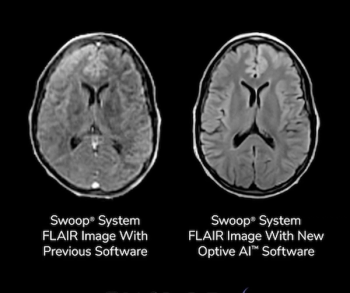
The Optive AI software, the tenth software release for the Swoop portable MRI system, reportedly offers enhanced clarity and anatomical detail for ultra-low-field MRI of the brain.
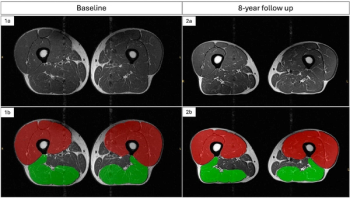
For overweight and obese patients at risk for knee osteoarthritis (OA), eight-year follow-up MRI data revealed a 12.8 percent loss of thigh muscle sub-volume for people who had extensive weight loss in comparison to 5.1 percent for those who retained a stable weight.
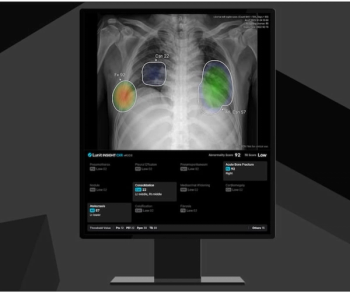
The Lunit Insight CXR4 update reportedly offers new features such as current-prior comparison of chest X-rays (CXRs), acute bone fracture detection and a 99.5 percent negative predictive value (NPV) for identifying normal CXRs.

Two years after intraarticular knee injections for knee osteoarthritis (OA), study participants who had corticosteroid knee injections had greater OA progression than control patients while the use of hyaluronic acid injections was associated with less OA progression.